GNRP Chapter 3: Innovating for 24-hour Cities
If you missed our Meet the Authors call for the Global Nighttime Recovery Plan Chapter 3: Innovating for 24-hour cities, you can catch some of the key takeaways below.
Download the full chapter here.
Introductory remarks
Michael Fichman (PennPraxis/University of Pennsylvania), GNRP editor and coordinator
Alistair Turnham (MAKE Associates), chapter 3 co-lead
- Nighttime culture doesn’t exist in isolation. We must look at all intersecting fields and services to develop a holistic plan for cities at night.
- During this pandemic we can utilise 24 hour time to create more space
- The chapter’s ideas are relevant now, but should also be applied in the long term, to create more resilient and dynamic cities.
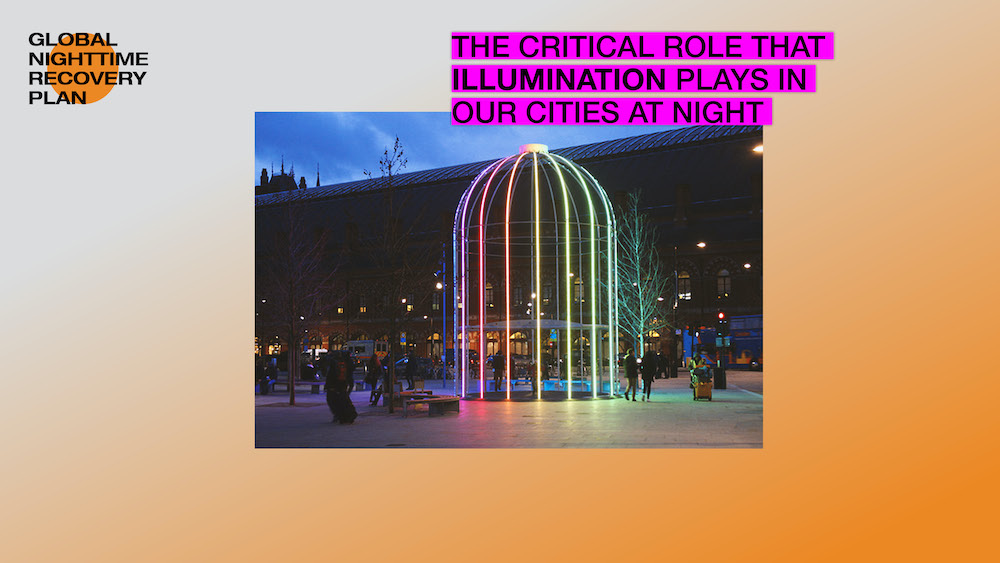
“Light is the glue of the night”
– Leni Schwendinger (International Nighttime Design Initiative), Co-led the research and management the Global Nightime Recovery Plan’s third chapter.
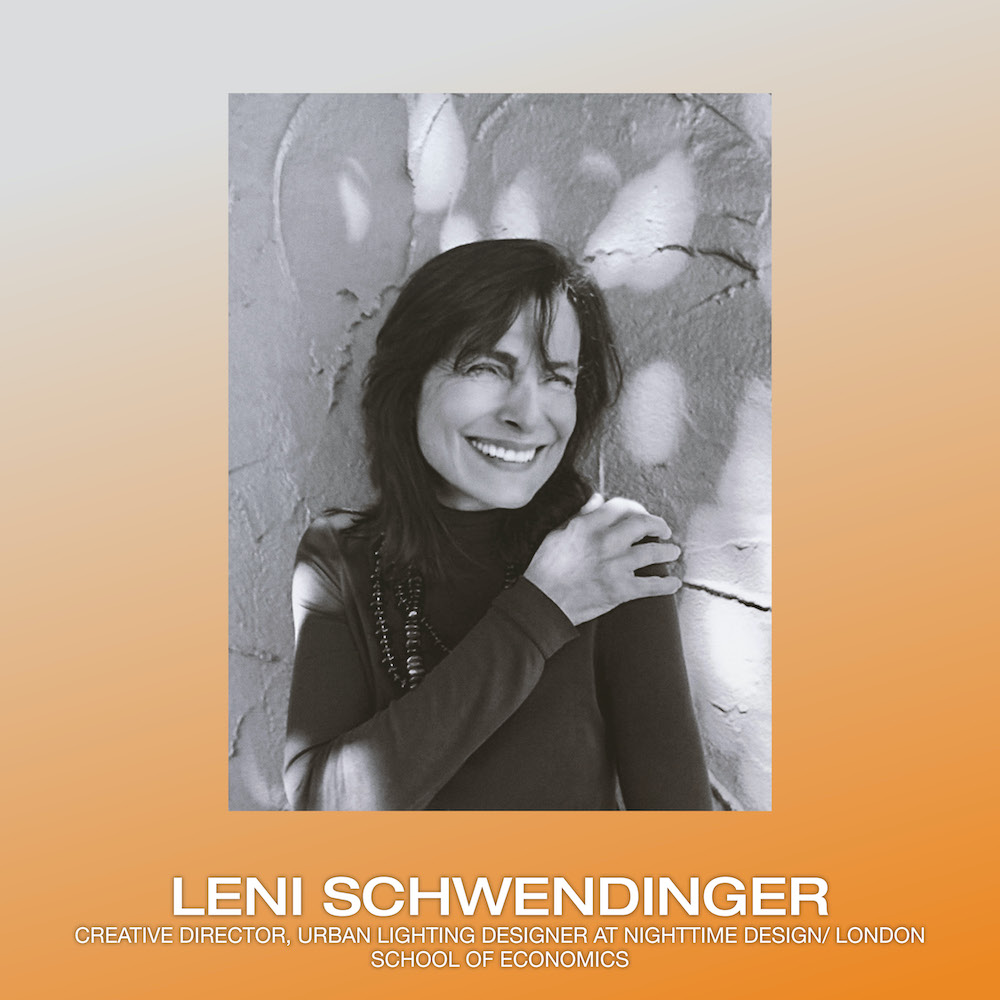
- “We think of the night as a time, but actually the night is a place. It’s a canvas for us to design.
- In doing so we must consider those of us who must be out at night – night workers or essential workers – as well as those who choose to go to the night for inspiration.
- Light is the glue of the night. It creates legible pathways and destinations, and must be integrated into all areas of urban design.
- Light can be used as malleable infrastructure, a flexible medium which can attract, create focus areas, and establish boundaries or separation – something especially necessary during Covid.
- Light is an infrastructure of modernisation, and as such not available everywhere. Chapter looks at Lagos, Nigeria as a case study. Who has their world lit and who doesn’t? And for what purpose – safety, entertainment or function?”
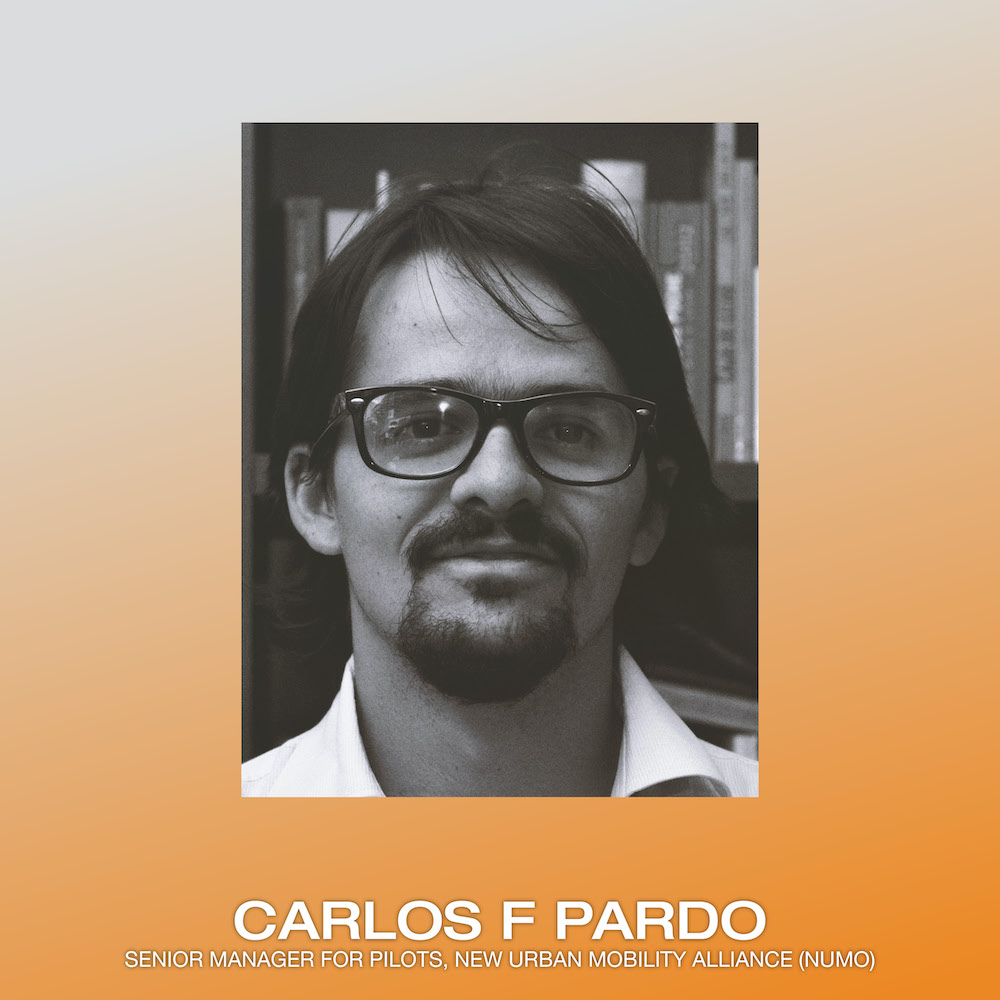
Carlos F Pardo (New Urban Mobility Alliance), contributor to the third chapter.
- “In cities all over the world the first transport services that were cut when the pandemic hit were the night services.
- Night workers rely heavily on public transport. They cannot change when they travel or simply choose not to. They need a transport service they can trust to get them somewhere safely and on time, otherwise they could be mugged, killed, or lose their employment.
- Then there are those who travel at night by choice, and cities must also cater for their trips.
- Most cities are not designed for either of these transport users. Transport is traditionally planned around the work schedule of a fully-abled 35 year old male of middle income.”
“Less enforcement, and more collaboration between police and community“
Dimitrios (Jim) Mastoras (Nightlife Safety and Policing Consultant), interviewee
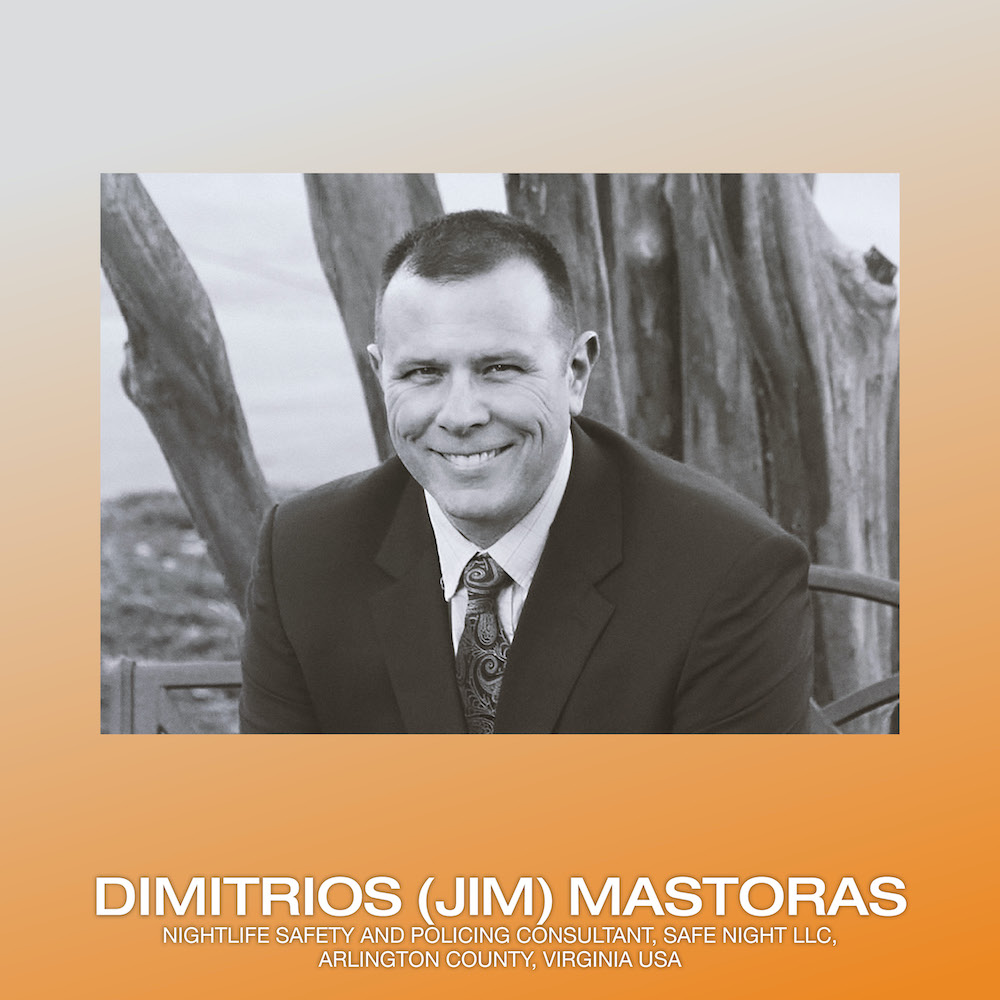
- “Police often have an adversarial relationship with nightlife and hospitality venues, meaning operators have no incentive to ask for help, for fear it will be used against them.
- In Arlington County we changed this culture over time through a proactive alliance policing model, which stopped focusing on arrests, and empowered operators to improve their practices.
- There were significant drops in alcohol related harm and violence as a result.
- Resorting to enforcement practices is no longer good enough. We need a collaborative perspective on issues, to come up with solutions that are mutually beneficial.”
“How do we interact with the drag racing scene when there are no venues or permanent spaces, no boss or central management – simply a community? Detroit is wrestling with this issue now.”
Cornelius Harris (Underground Resistance; Detroit Berlin Connection), interviewee
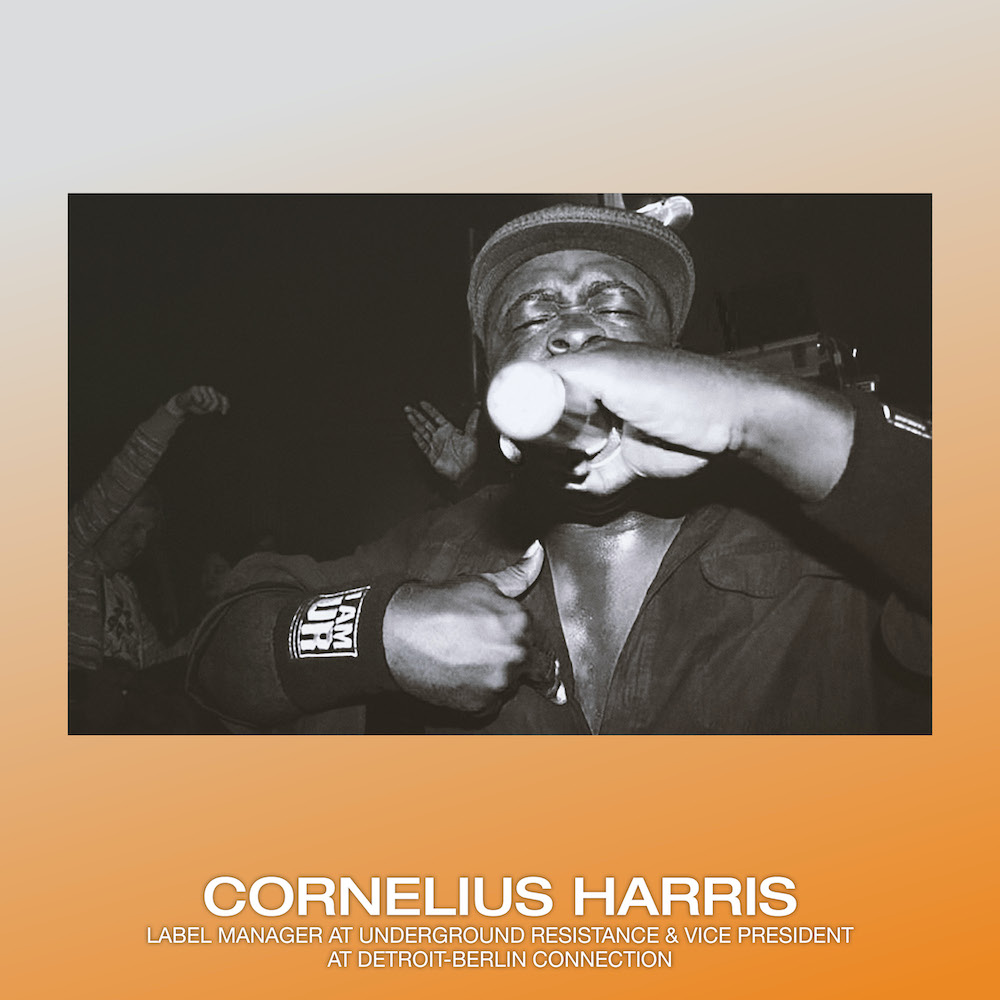
- Nightlife means something different in every city. A big feature of Detroit underground culture is illegal drag racing, where the city’s music and car cultures collide.
- We should help people express themselves in this non-traditional way, and find spaces for them to do so safely, instead of criminalising their behaviour.
- People have existing ideas about who the night belongs to. A mental shift must come to acknowledge there are things of value outside the scope of our preconceived notions of the night.
- Address the dynamic between police and community. Police could be part of the solution, by being proactive and interactive out in the community, rather than waiting for the worst to happen before reacting.
How to co-exist – a broader notion of planning cities at night
Andreina Seijas (Harvard University), GNRP editor and coordinator
- We need to bring together state and non state actors, and strengthen local alliances to cope with challenges of coexisting, and allow for decriminalization of certain activities and more flexibility of regulations.
- Most nighttime regulations are focused on distribution of alcohol users and licensing. We need to find a way in which we can diversify sources of revenue and distribution of activities.
- As the field of nightlife studies grows around the world we are introduced to new perspectives – incorporating these will lead to a broader notion of planning for cities at night.
Read about global updates from the call here
Thank you to all who participated, we look forward to seeing you on the next call.
